-
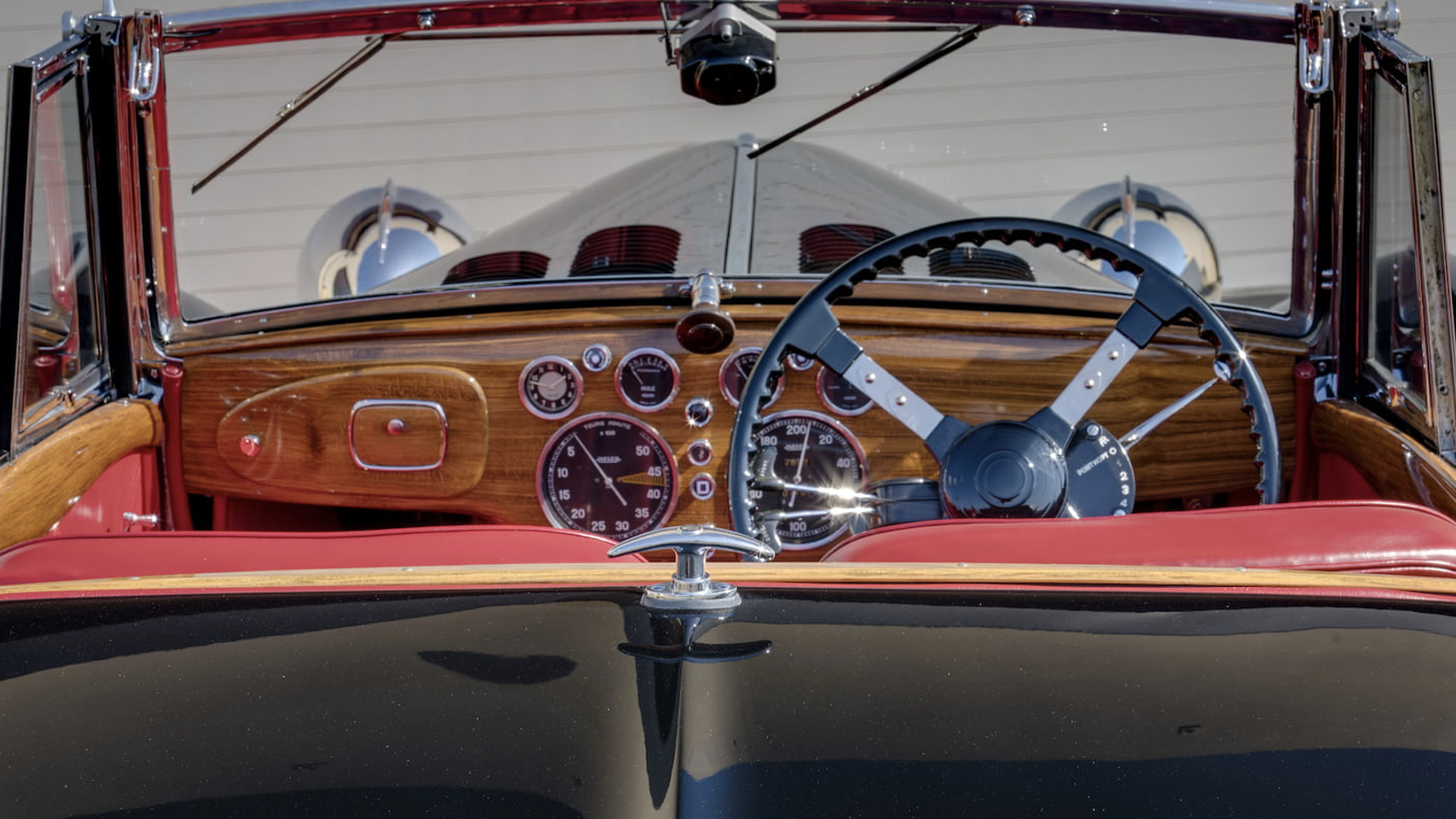 © Mecum Auction, Inc.
© Mecum Auction, Inc. -
 © Mecum Auction, Inc.
© Mecum Auction, Inc. -
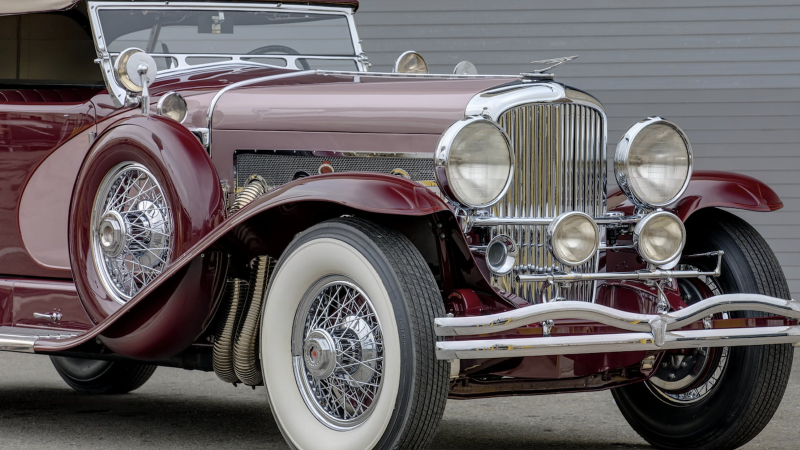 © Mecum Auction, Inc.
© Mecum Auction, Inc. -
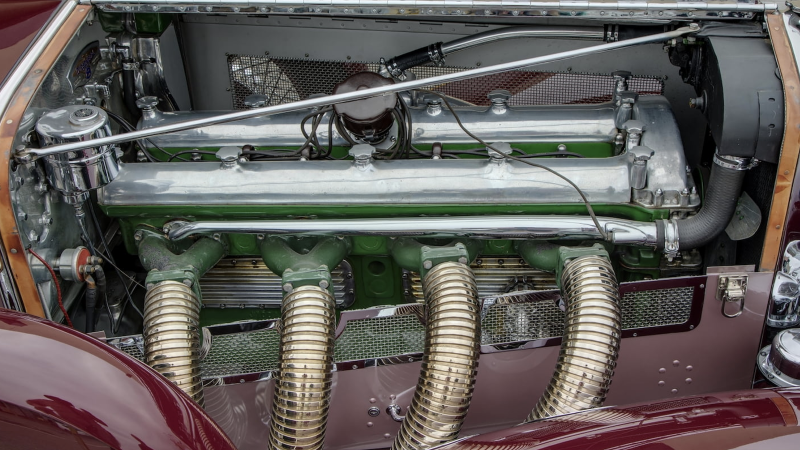 © Mecum Auction, Inc.
© Mecum Auction, Inc. -
 © Mecum Auction, Inc.
© Mecum Auction, Inc. -
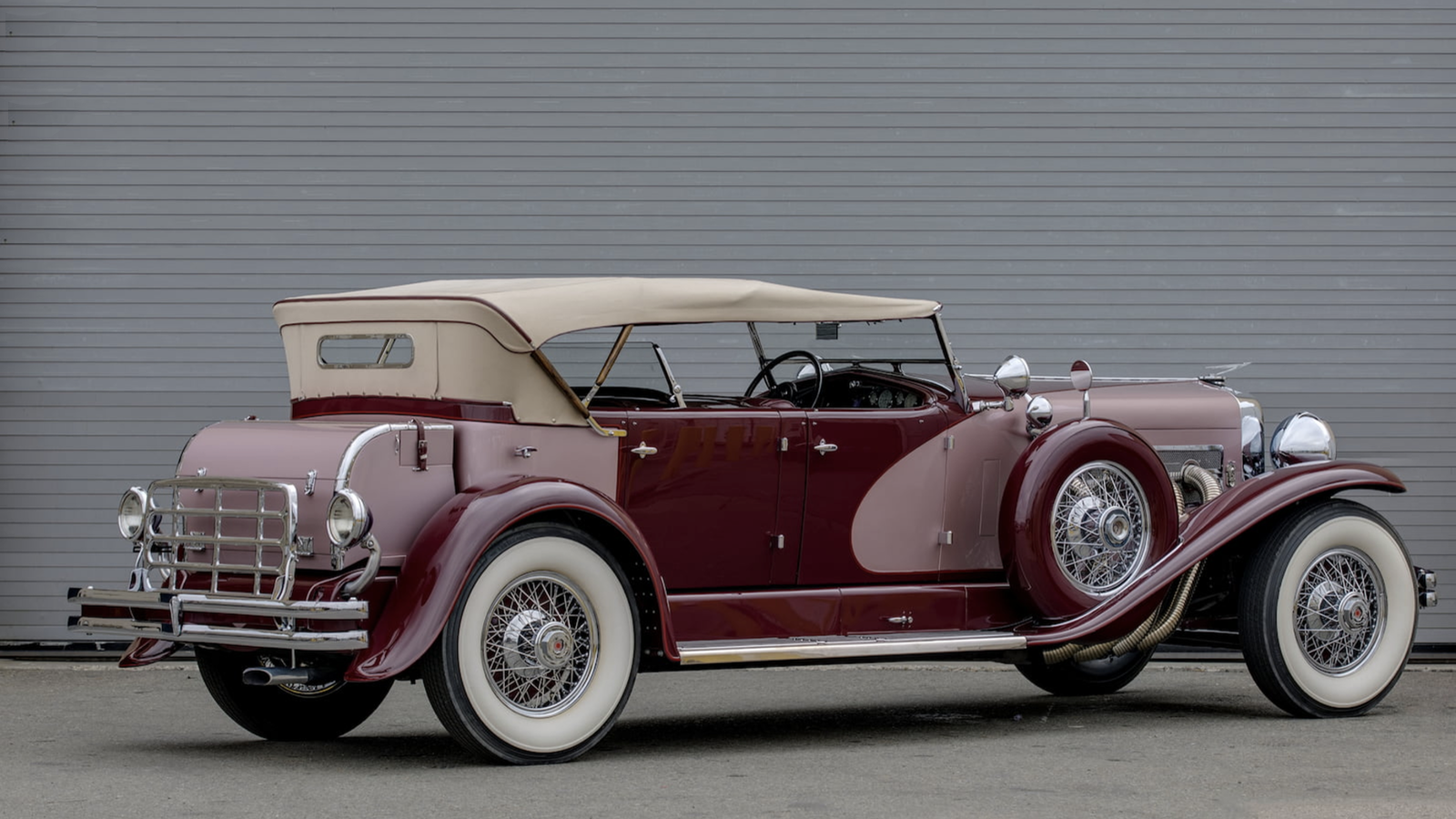 © Mecum Auction, Inc.
© Mecum Auction, Inc. -
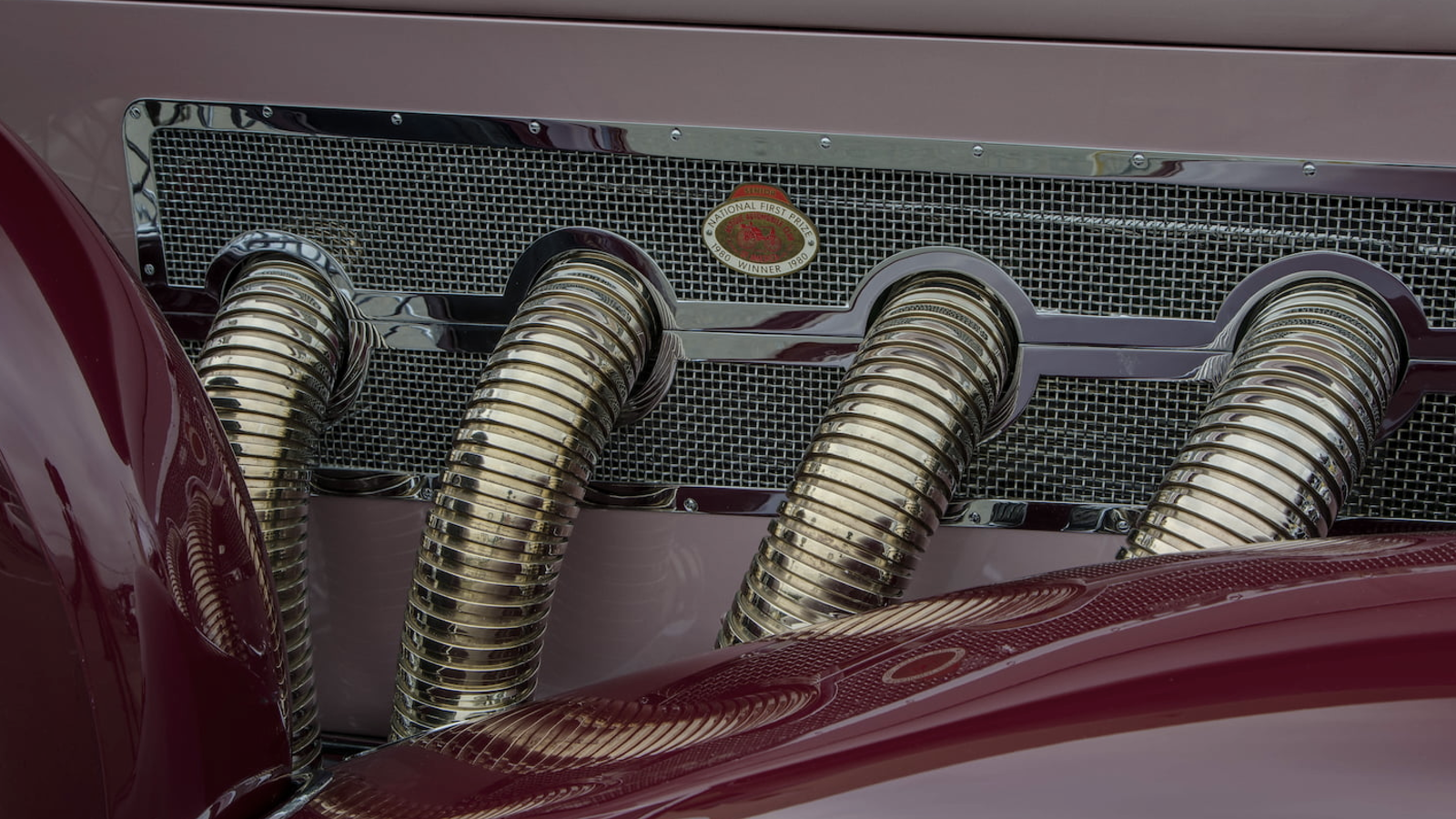 © Mecum Auction, Inc.
© Mecum Auction, Inc. -
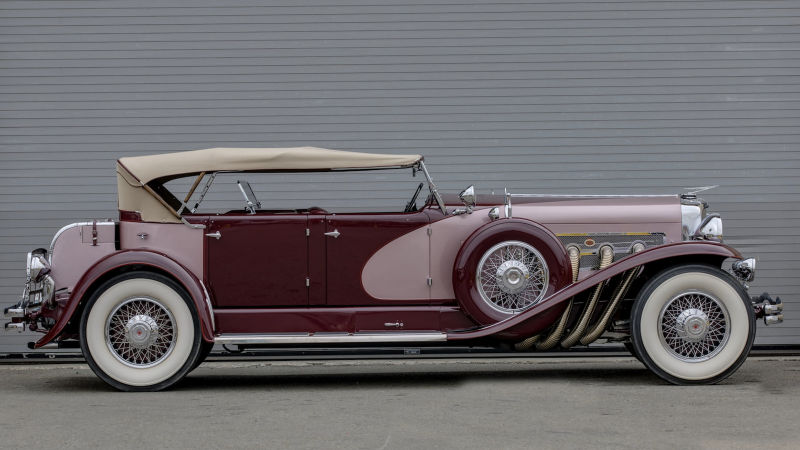 © Mecum Auction, Inc.
© Mecum Auction, Inc. -
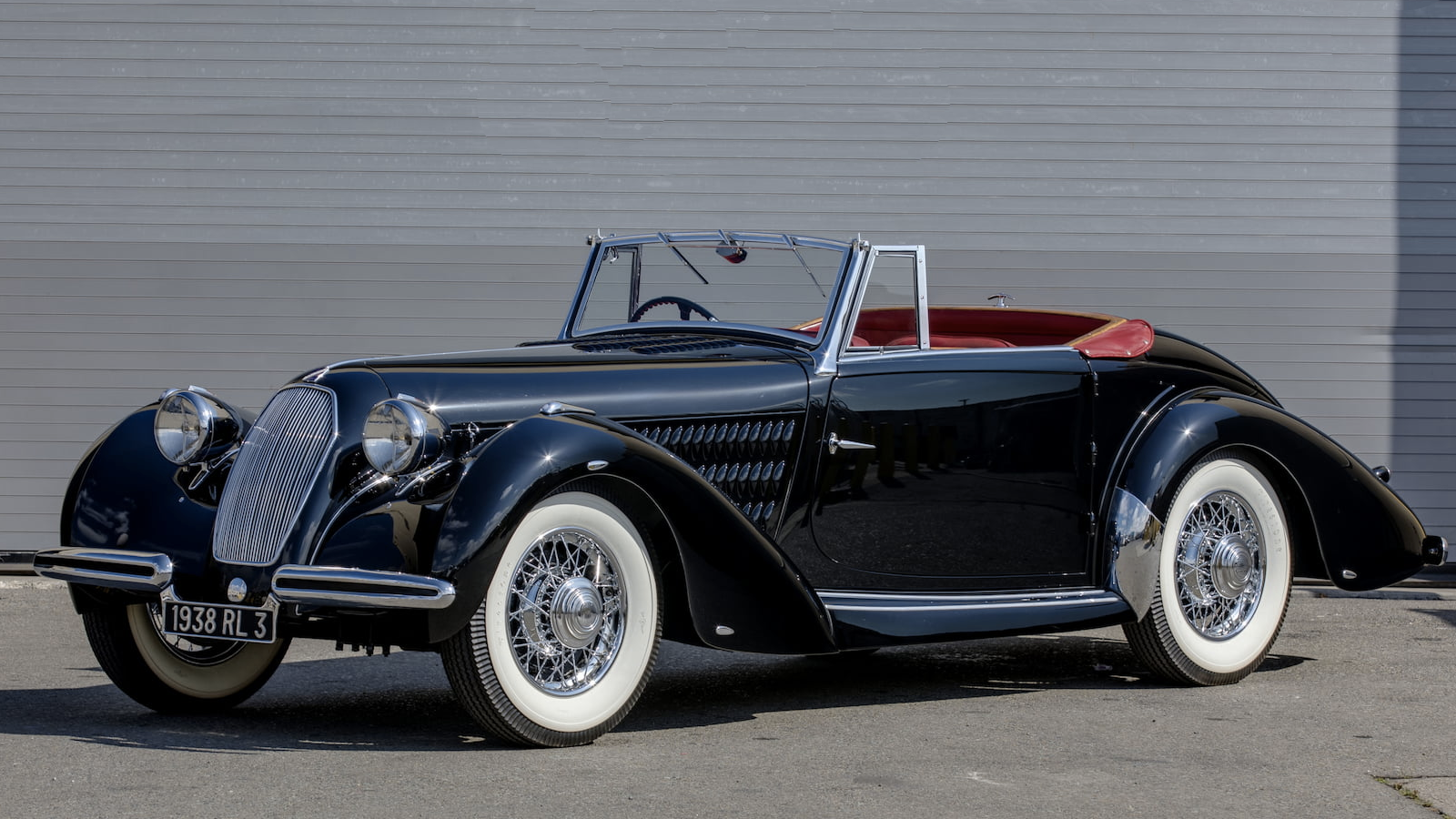 © Mecum Auction, Inc.
© Mecum Auction, Inc. -
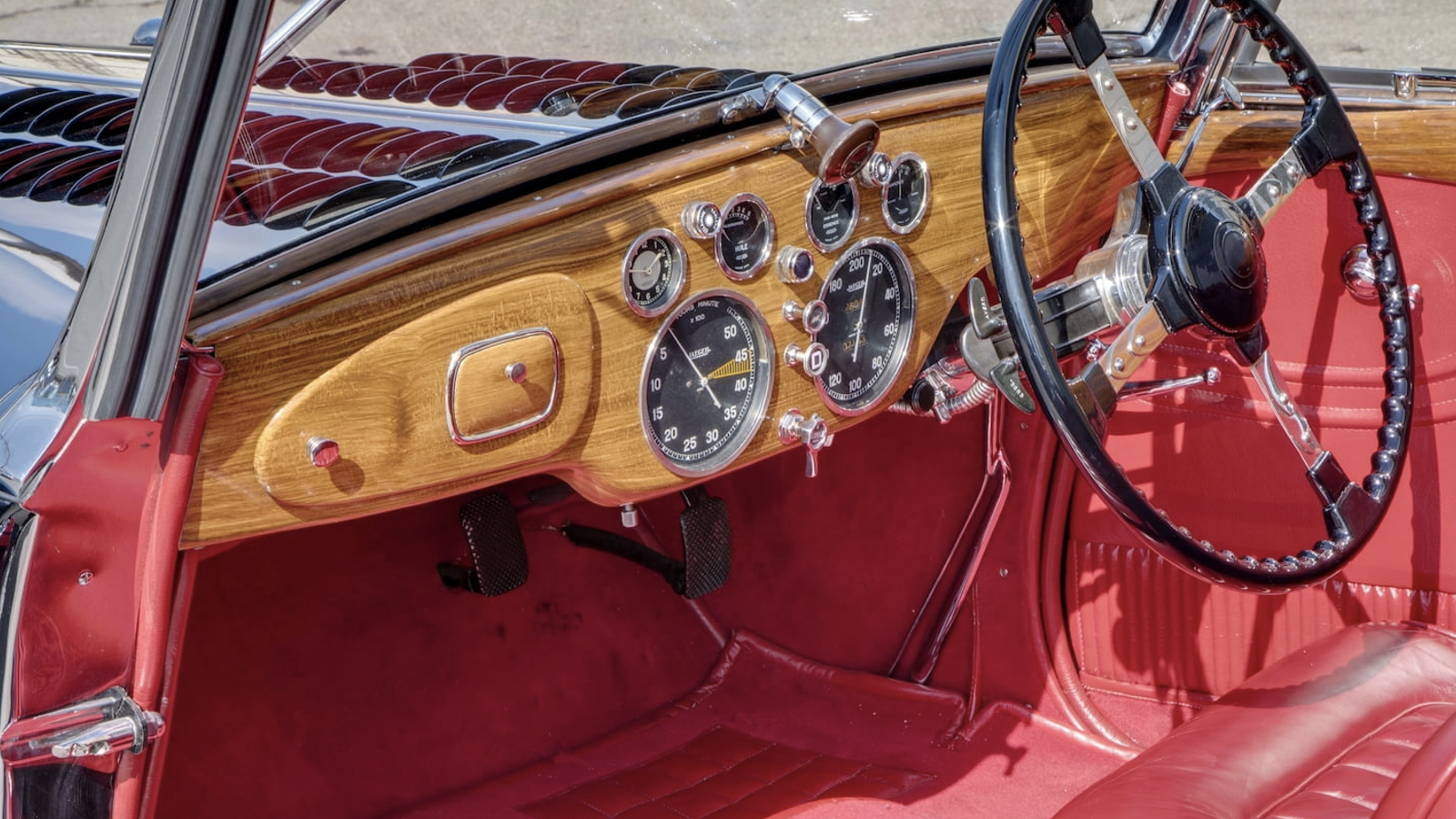 © Mecum Auction, Inc.
© Mecum Auction, Inc. -
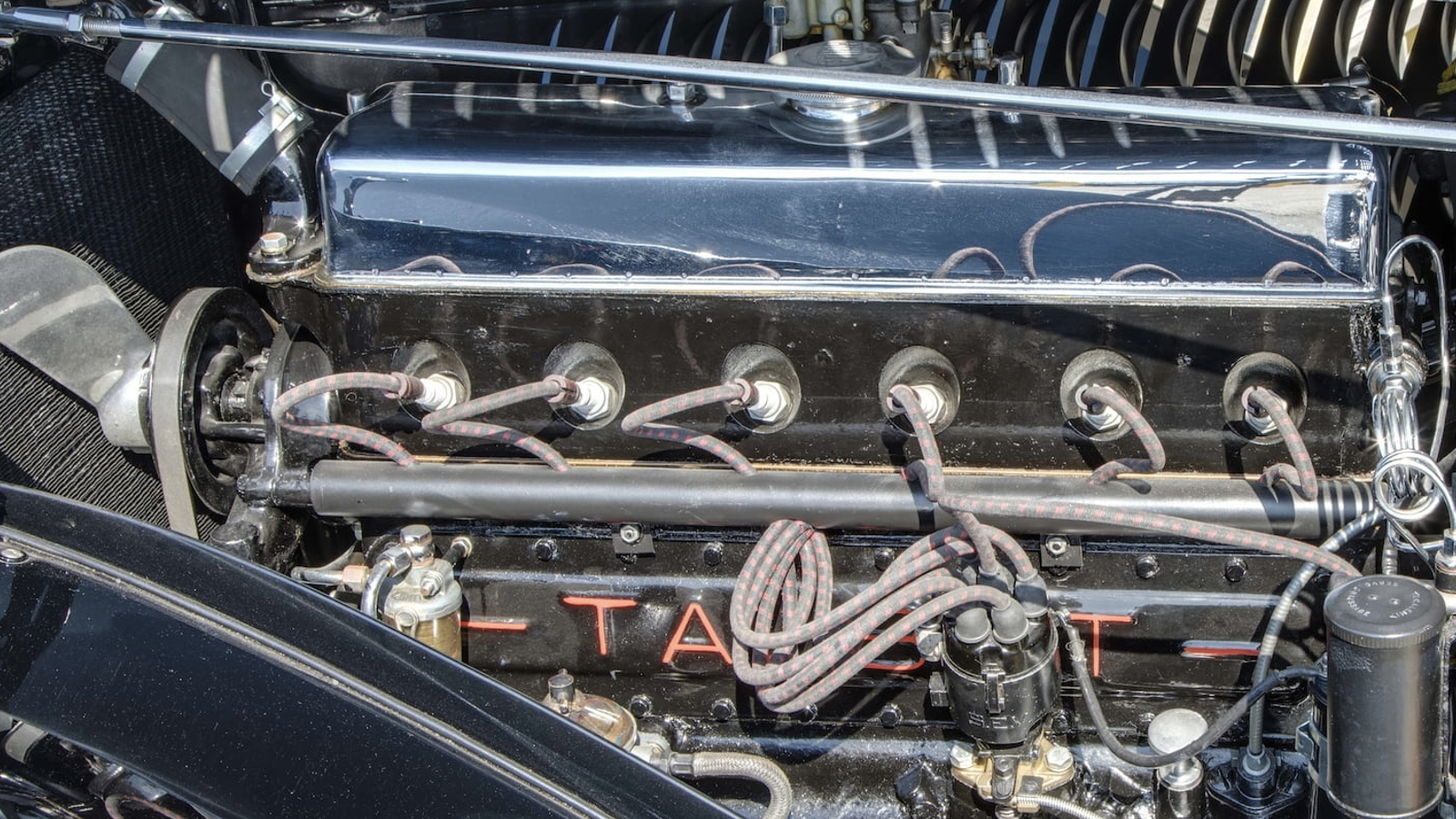 © Mecum Auction, Inc.
© Mecum Auction, Inc. -
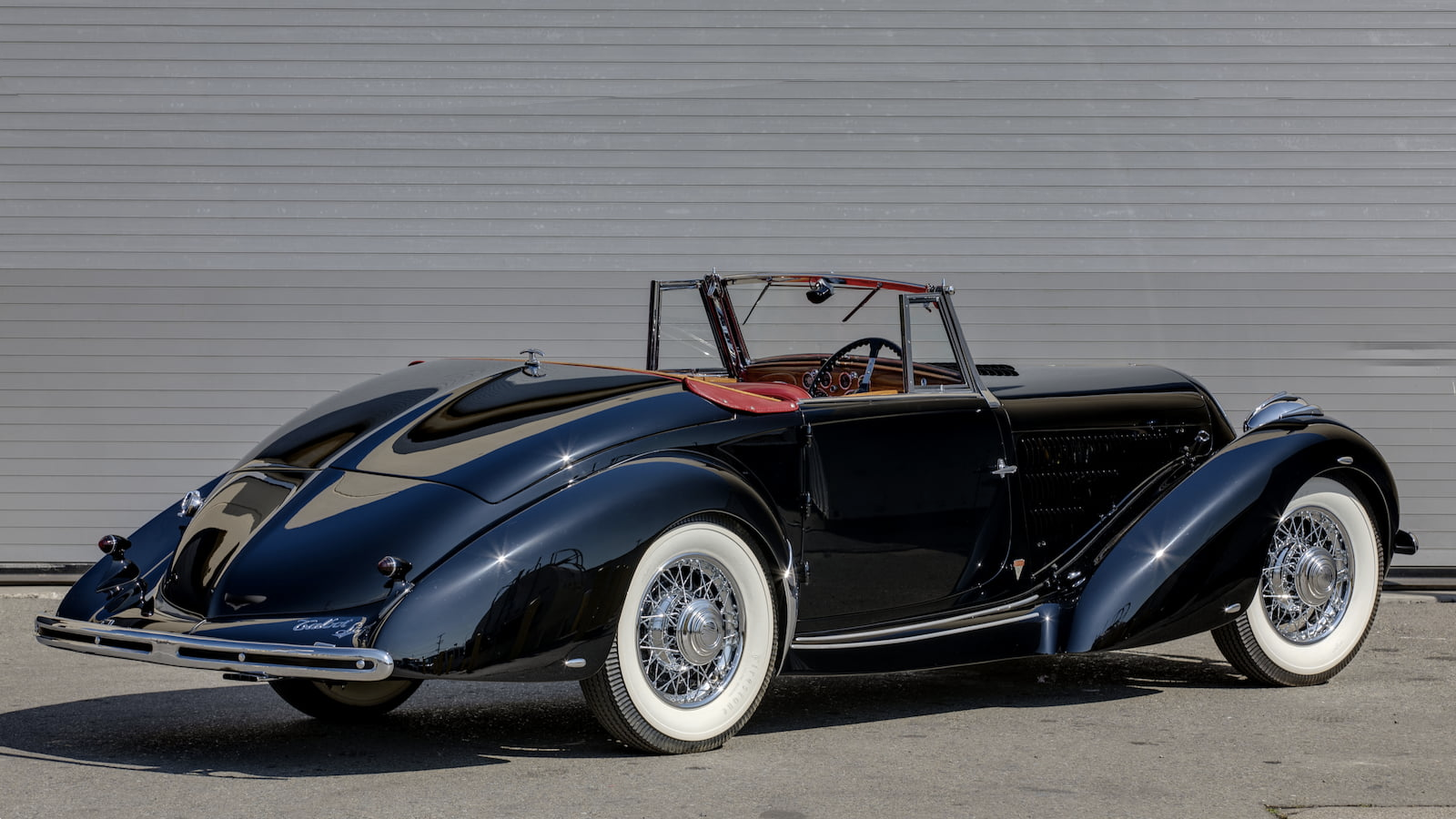 © Mecum Auction, Inc.
© Mecum Auction, Inc. -
 © Mecum Auction, Inc.
© Mecum Auction, Inc. -
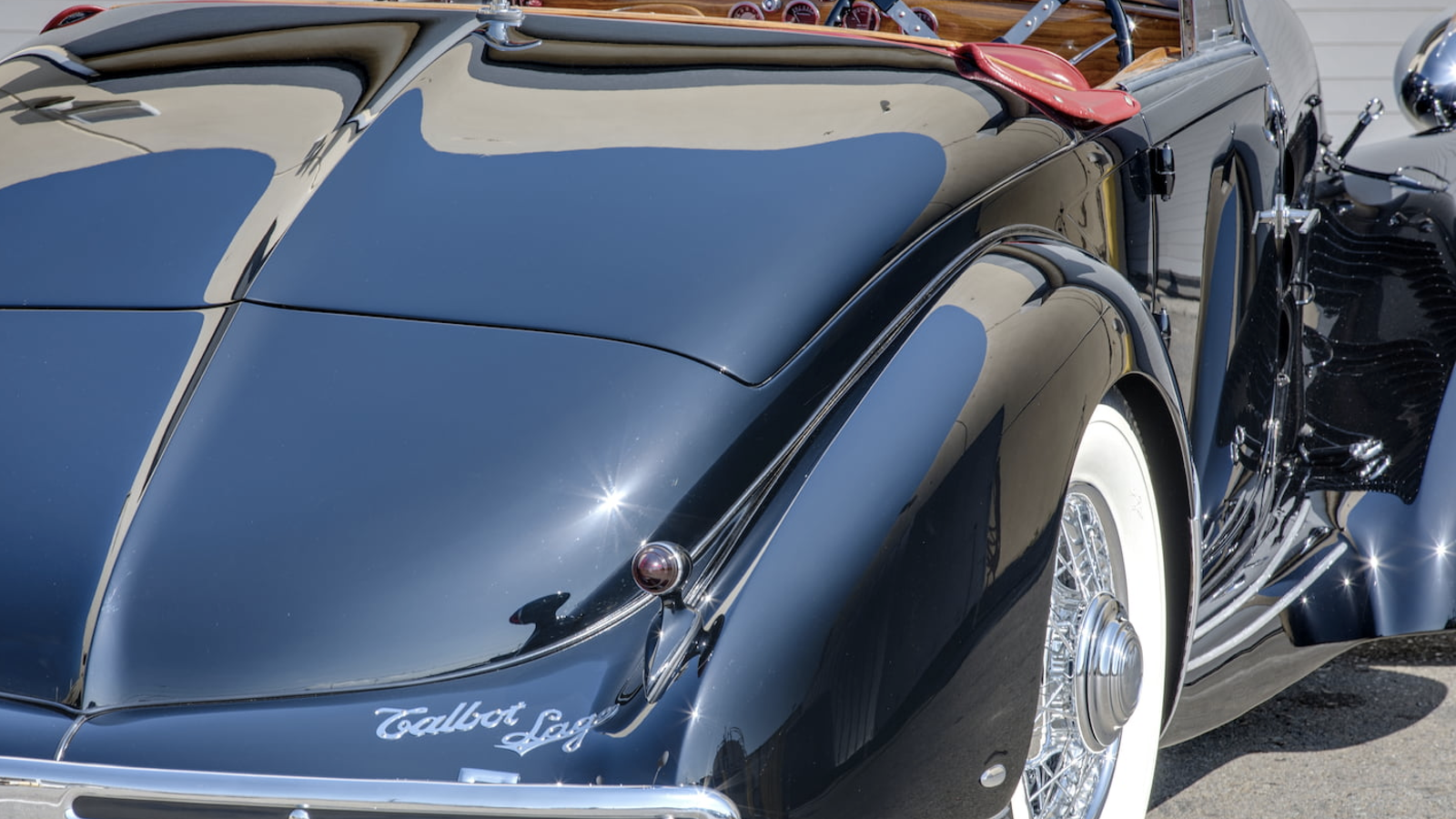 © Mecum Auction, Inc.
© Mecum Auction, Inc. -
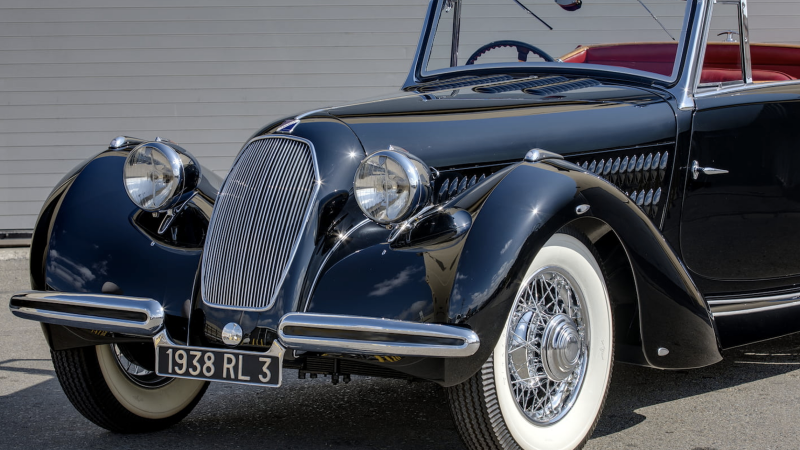 © Mecum Auction, Inc.
© Mecum Auction, Inc. -
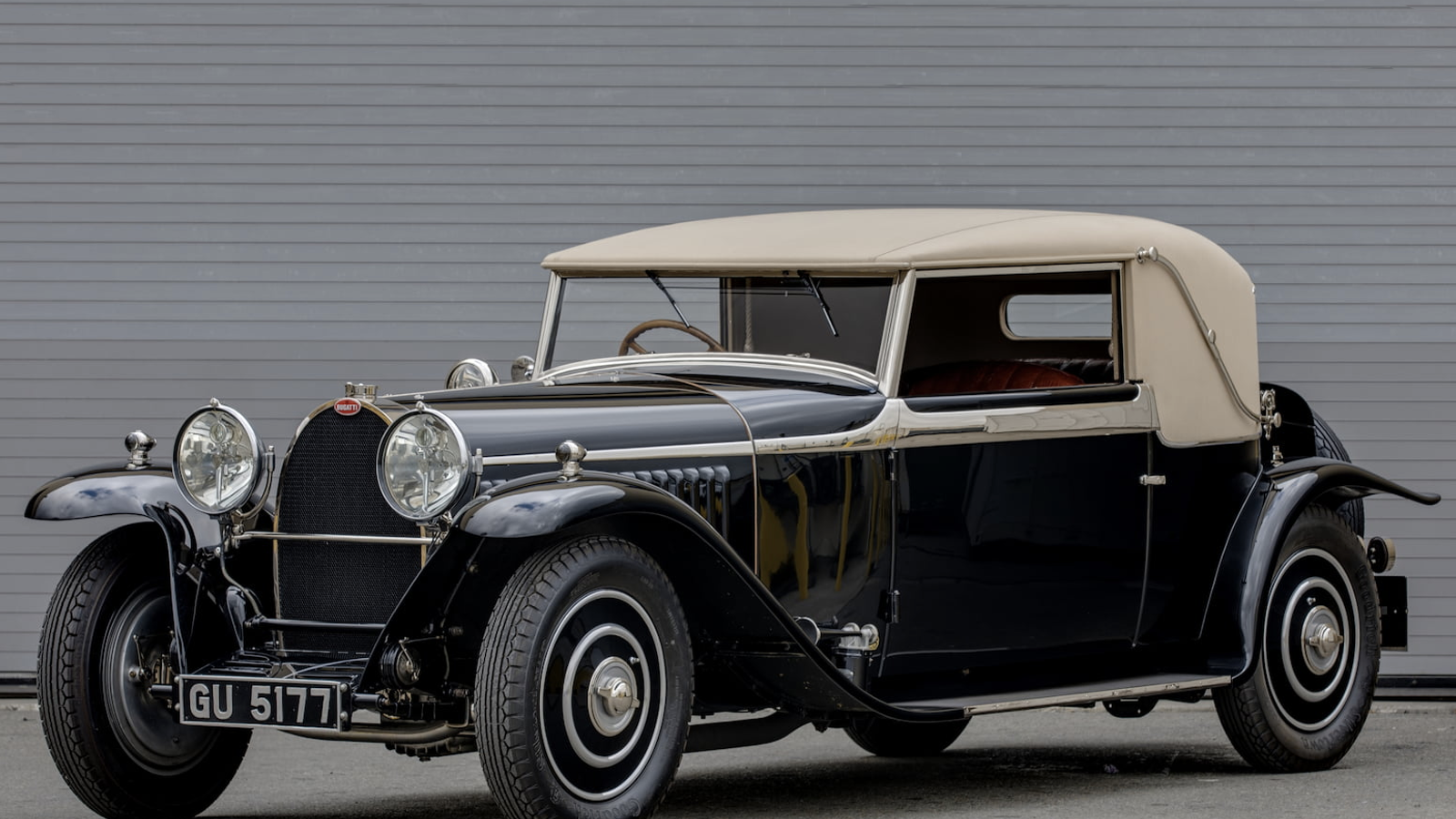 © Mecum Auction, Inc.
© Mecum Auction, Inc. -
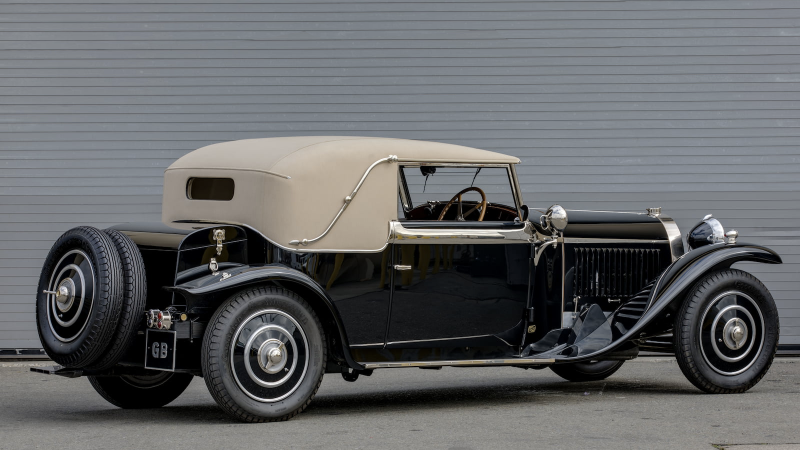 © Mecum Auction, Inc.
© Mecum Auction, Inc. -
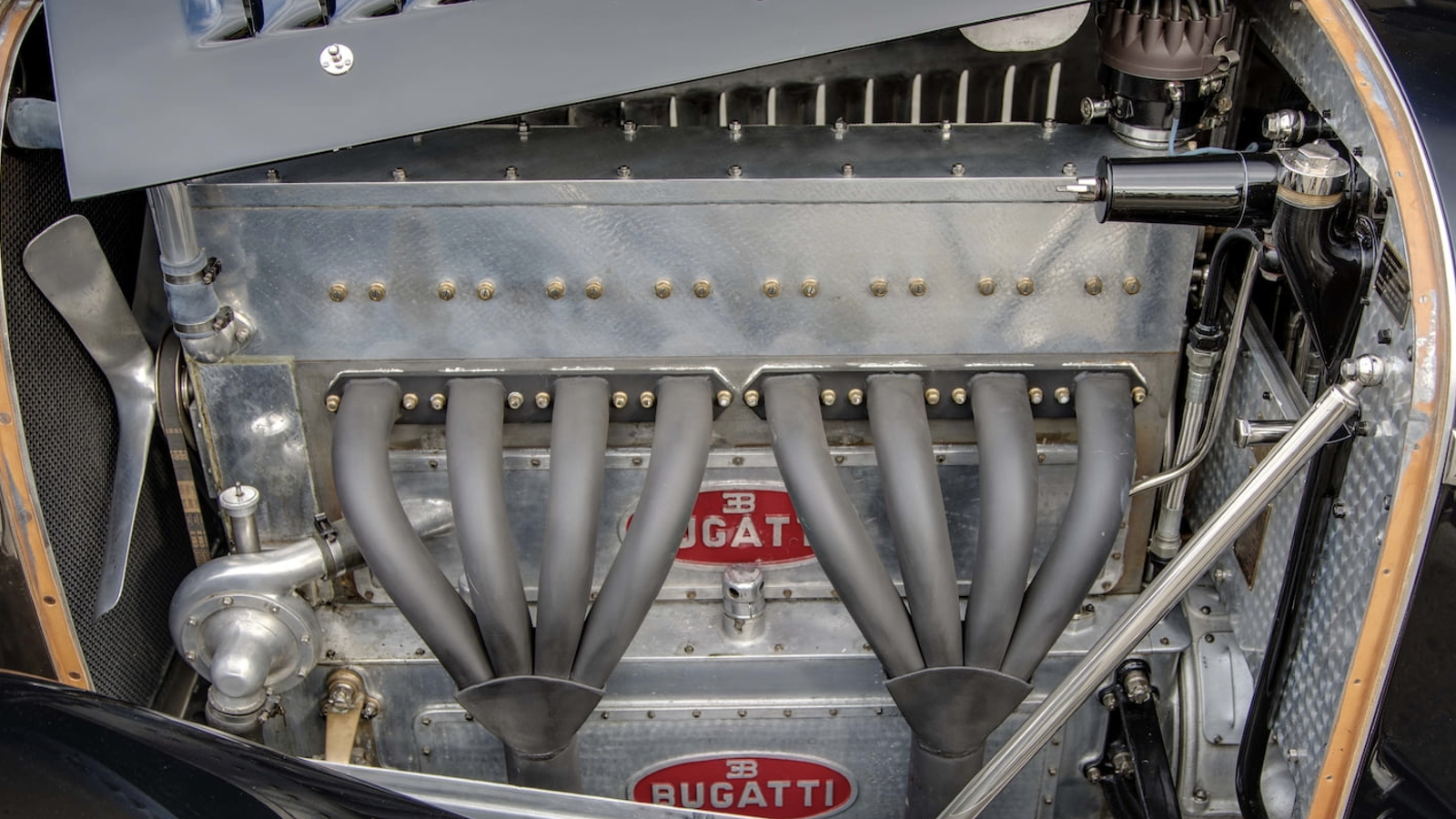 © Mecum Auction, Inc.
© Mecum Auction, Inc. -
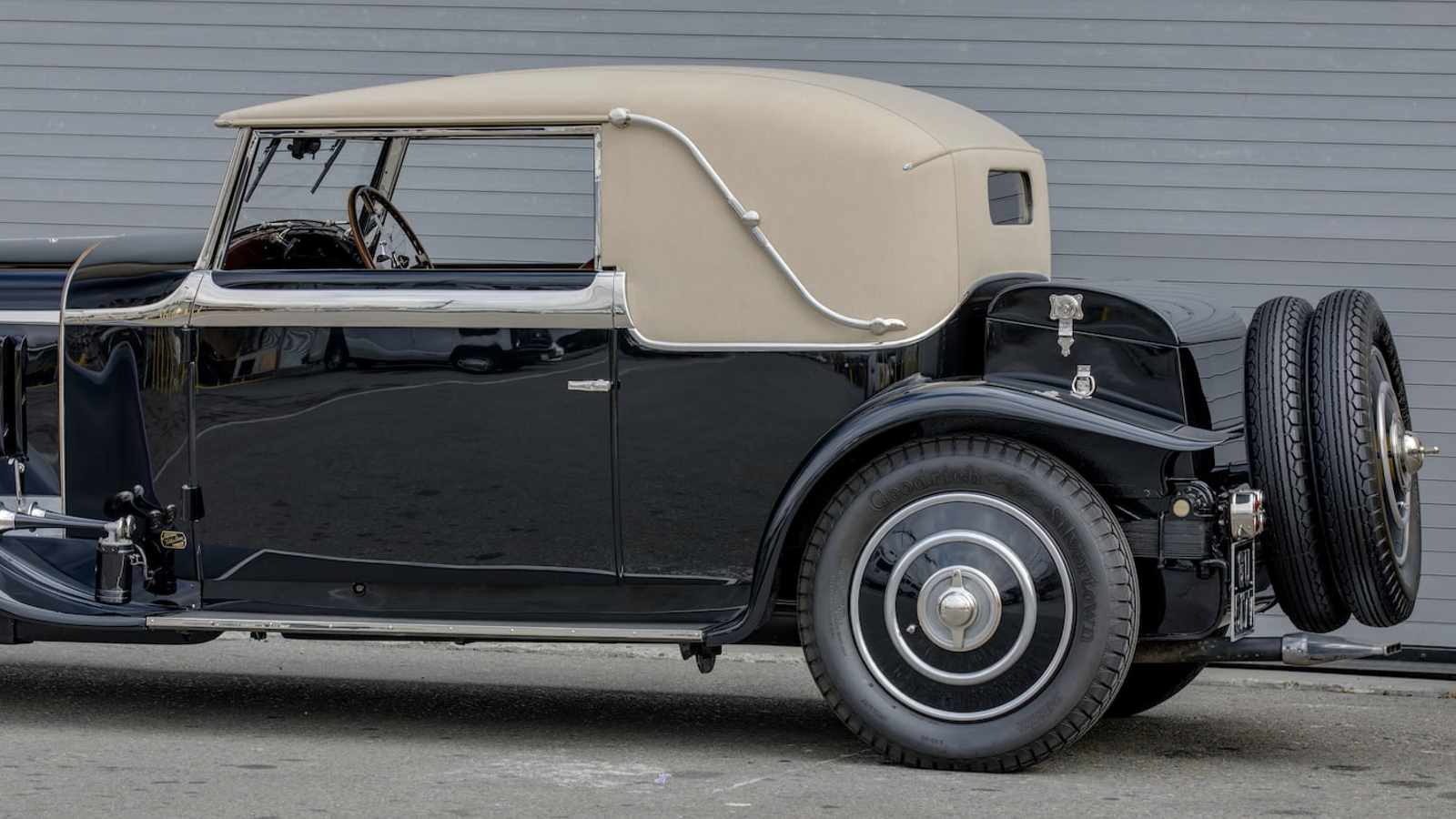 © Mecum Auction, Inc.
© Mecum Auction, Inc. -
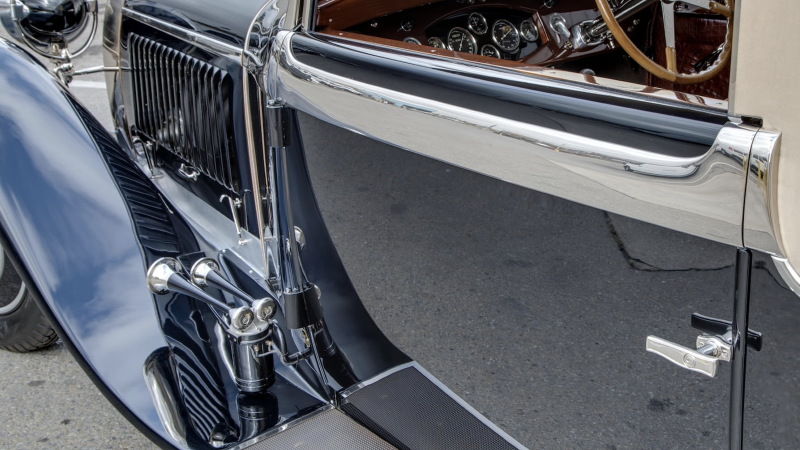 © Mecum Auction, Inc.
© Mecum Auction, Inc. -
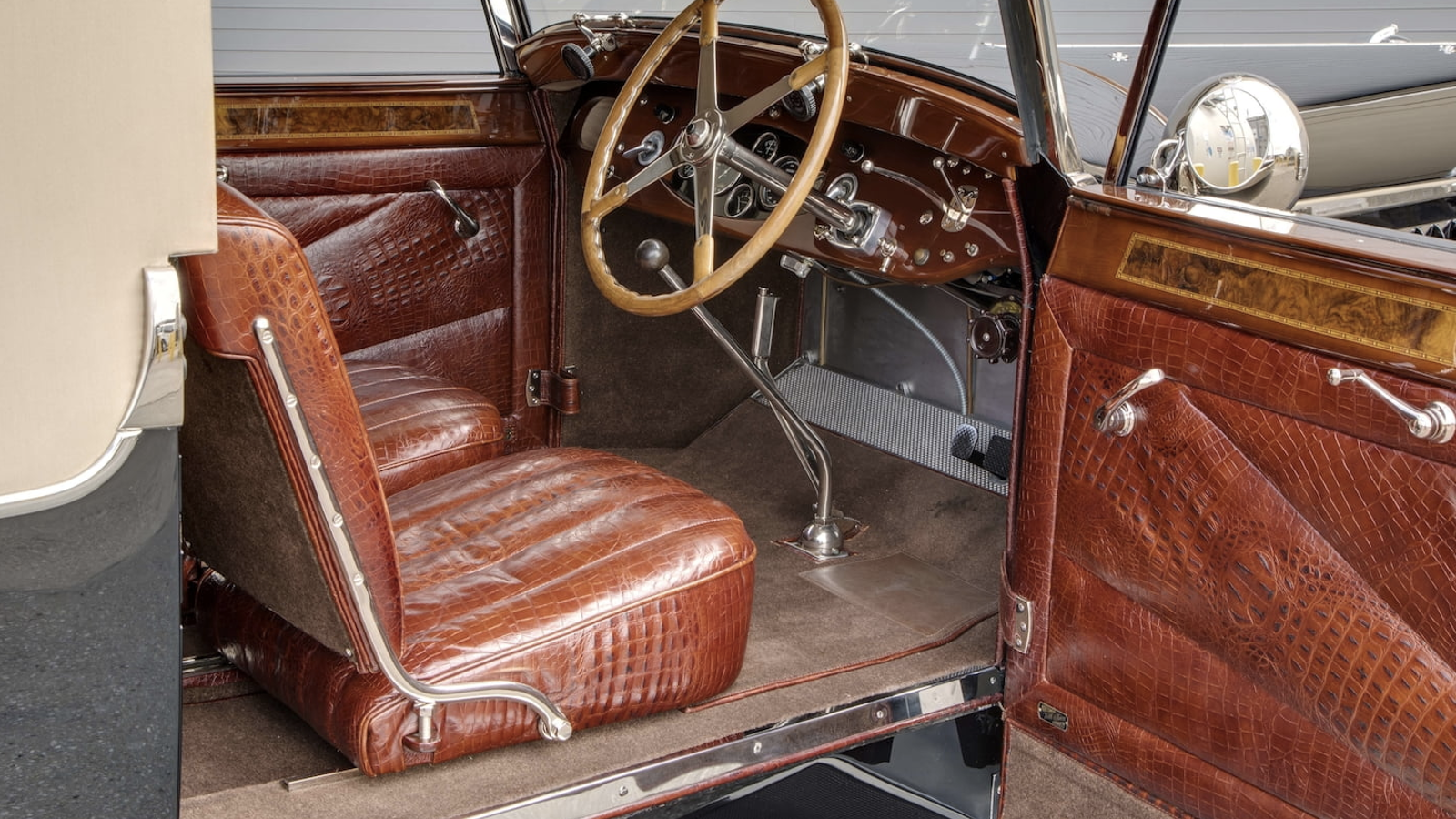 © Mecum Auction, Inc.
© Mecum Auction, Inc. -
 © Mecum Auction, Inc.
© Mecum Auction, Inc.
-
Go big with your winnings at Mecum’s Vegas auction
For the average punter, the 1930s was no time to be splashing out on a coachbuilt speedster: with the global economy in tatters, Gatsby-style parties were a thing of the past.
Well, unless you struck lucky. As the Great Depression set in, some bright spark businessmen set about turning a strip in the Nevada desert into a neon nest of showgirls and casinos – which, with the addition of more neon, more casinos and more, well, everything, is how Las Vegas remains today.
Recession or not, one big win at the tables back then and any one of these three million-dollar motors – up for auction with Mecum this week – could have been heading home with a lucky Hoover Dam worker.
Want to repeat the feat? Collect your winnings and head to the Las Vegas Convention Center, where these stunning motors are set to go under the hammer – along with 997 others. Here’s their story.
-
1930 Duesenberg Model J Dual Cowl Phaeton
First up is a true icon of the era: a Duesenberg Model J, expected to fetch between £735,000 ($950,000) and £813,000 ($1,050,000) when it goes under the hammer on Saturday 17 November. Not bad for an 88-year-old.
-
1930 Duesenberg Model J Dual Cowl Phaeton (cont.)
Don’t know Duesenberg? The American marque started out in racing – winning the Indianapolis 500 three times in the ’20s – before branching out into road cars.
Alas, while its Model A was no bad motor, delayed deliveries put Duesy’s business in a bind – until clever cookie E.L. Cord bought the brand and steered it in the right direction.
-
1930 Duesenberg Model J Dual Cowl Phaeton (cont.)
A vast, beautiful blend of luxury and power, the Model J arrived from the mind of designer Fred Duesenberg in 1928, equipped with the largest straight-8 engine ever fitted to an American car – developing a then-staggering 265bhp, which saw the prototype hit 116mph at Indianapolis.
-
1930 Duesenberg Model J Dual Cowl Phaeton (cont.)
Despite the power, the Model J also offered boundless opulence for those who could afford it: sold as a chassis, coachbuilders could go to town creating stunning, grandiose shells for the capable platform.
And go to town they did, crafting all kinds of beautiful, bespoke bodies for this magnificent ’30s machine – although the one you see pictured has more of a story.
-
1930 Duesenberg Model J Dual Cowl Phaeton (cont.)
Finished with sleek, sweeping Rollston Town Car bodywork at the turn of the 1930s, this majestic Model J is believed to have worn several jackets in its life.
In the ’50s, it reportedly carried imposing Brunn Convertible Victoria coachwork – though when it was fitted isn’t clear.
-
1930 Duesenberg Model J Dual Cowl Phaeton (cont.)
As for its current shell? That came with a restoration in the 1970s, which set it up for entry into the ‘New Coachwork’ class at the 1979 Pebble Beach Concours d’Elegance – looking suitably elegant in Phaeton coachwork finished in lovely lavender and lilac.
Finished off with cowl lamps, spotlights and a folding soft-top, it then claimed the Antique Automobile Club of America’s Senior National First Prize in 1980.
-
1930 Duesenberg Model J Dual Cowl Phaeton (cont.)
Today? It’s yours for a million dollars – give or take – and looks every bit as magnificent as it would have done in period, cruising down the Vegas strip in search of the best baccarat tables in town.
-
1938 Talbot-Lago T120 Roadster
Next of the trio is an 80-year-old stunner from the other side of the Atlantic: a Talbot-Lago T120 predicted to make somewhere between £816,000 ($1,050,000) and £894,000 ($1,150,000) when it crosses the auction block on Saturday.
-
1938 Talbot-Lago T120 Roadster (cont.)
An Anglo-French operation, in 1932 the English side of Sunbeam Talbot Darracq brought Italian engineer Antonio Lago in to save the marque’s failing fortunes – and save them he did.
Through a combination of cost-cutting, motorsport marketing and classy track-bred road cars, Talbot was revived – and, in the process, it made some truly wonderful machines.
-
1938 Talbot-Lago T120 Roadster (cont.)
One of those was the T120 Roadster: equipped with a 3-litre motor good for 90bhp, it was a nippy, beautiful thing – and this particular example has quite the story.
Finished in 1938, its sheet metal shell was long believed to have been styled by Figoni et Falaschi – a French firm founded by Italians, and responsible for some of the era’s most stunning designs.
-
1938 Talbot-Lago T120 Roadster (cont.)
Alas, while Figoni et Falaschi did indeed create coachwork for Talbot-Lago cars in period – as well as Bugatti, Alfa Romeo and more – it wasn’t responsible for this sweeping number’s long hood, stretched wheelarches and extended rear deck.
Discovered in storage in Saint-Tropez, France in the late 1960s, it wasn’t until 2005 that the T120’s history was investigated.
-
1938 Talbot-Lago T120 Roadster (cont.)
With its then-owner looking to have the roadster restored, he consulted Figoni et Falaschi archivist Benoit Bocquet – but no record of the car could be found.
A more likely source of the stunning bodywork, Bocquet suggested, was Brandone – another coachbuilder based in Nice, France.
-
1938 Talbot-Lago T120 Roadster (cont.)
To confirm the theory, another expert was called in: one Jean-Pierre Cornu, a man with a massive photographic collection covering Brandone cars.
Comparing the pre-restoration T120 to those photos, it was clear that certain elements were unique to the French firm – including the chrome-plated teardrops on the wheelarches. Brandone, it seems, was behind the body all along.
-
1938 Talbot-Lago T120 Roadster (cont.)
Now stunningly restored to concours condition, the storied motor is a true beauty to behold – from the Figoni grille added during the restoration to that elegantly extended nose.
It’s nothing if not dramatically stylish – and they definitely don’t make them like this any more. Interested? You know where to get it.
-
1930 Bugatti Type 46 Faux Cabriolet
Last of the million-dollar trio is this beautiful Bugatti – a Type 46 finished in 1930 and today worth somewhere between £893,000 ($1,150,000) and £971,000 ($1,250,000), making it the most expensive lot at the Las Vegas sale, at least if the Mecum estimate is anything to go by.
-
1930 Bugatti Type 46 Faux Cabriolet (cont.)
French manufacturer Bugatti was the marque to beat in the ’20s and ’30s: dominant in motorsport – the primary means of marketing cars at the time – it also ruled the roost when it came to luxury, its Type 41 Royale an unparalleled vision of motoring majesty.
Below that sat the Type 44 – refined in its own right but not quite as opulent – and, in the 1930s, the Type 46.
-
1930 Bugatti Type 46 Faux Cabriolet (cont.)
Equipped with a properly beefy 5.4-litre straight-eight aluminium engine that put out 140bhp, the Type 46 hit the scales at more than 1100kg – but big was beautiful in the ’30s and, with a more affordable price tag than the sky-high Royale, it sold well for the French firm.
Some 444 were eventually built, with examples clothed by all kinds of coachbuilders – including Dutch firm Veth & Zoon, responsible for the shell on this 46.
-
1930 Bugatti Type 46 Faux Cabriolet (cont.)
Veth & Zoon was the official supplier to the Dutch royal family and had form when it came to wrapping wonderful cars – having built bodies for Rolls-Royce, Maybach, Bentley, MG and Bugatti.
For chassis 46293 – the example up for auction with Mecum – the coachbuilder went for the ‘Faux Cabriolet’ angle which, you guessed it, made it look like a drop-top even though the top didn’t, well, drop.
-
1930 Bugatti Type 46 Faux Cabriolet (cont.)
Ordered for a Dutch mussel farmer in 1930, it remained in the Netherlands for many years until, in 2004, it was bought by an American.
The new owner tasked UK specialist Alpine Eagle Restorations with bringing the Bugatti back to its best. Some six years and more than $500,000 later, it was ready – and was quite the thing to behold.
-
1930 Bugatti Type 46 Faux Cabriolet (cont.)
Entered into the 2011 Bugatti Owner’s Club Concours at Prescott Hill, it promptly won the Best of Show award – and little wonder: chassis 46293 still cuts a dash with its imitation roof, elegant proportions and gleaming black finish.
As for the cabin? It doesn’t get more Art Deco than brown leather patterned like crocodile skin.
-
1930 Bugatti Type 46 Faux Cabriolet (cont.)
Always a stunner, this Type 46 is as magnificent as they come today – a glorious tribute to the work of both Ettore Bugatti and Veth & Zoon, not to mention the restoration firm.
Little wonder, then, that it’ll set you back more than a million dollars this Saturday. Best hit the slots, eh?
Find out more about Mecum’s Las Vegas auction here.
